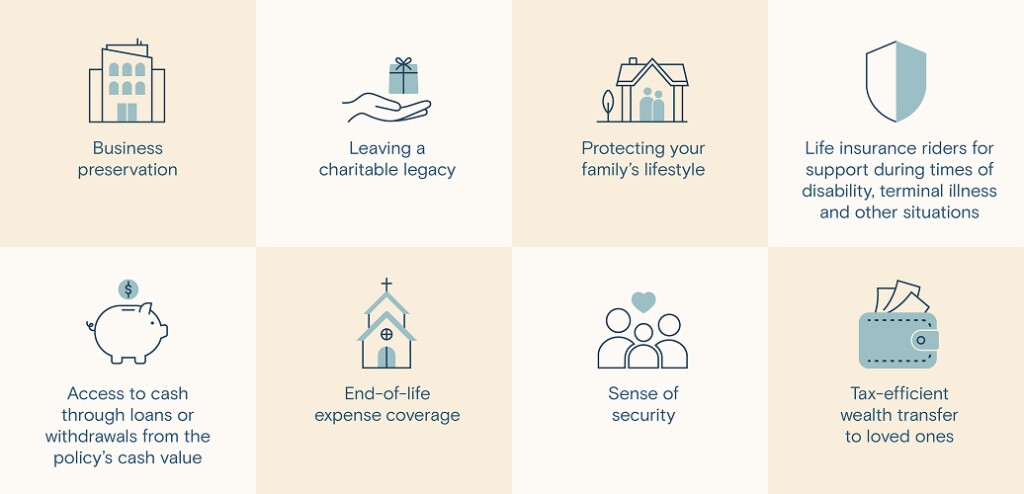When you're considering life insurance, it's natural to think about the different scenarios that could impact your life. For instance, if an unexpected illness or injury left you with a serious disability, would you be able to keep bringing in the income that supports your family—and that pays your life insurance premiums?
One tool to address that concern is a disability waiver of premium rider. Adding that provision to your life insurance contract can help you maintain your coverage if you become disabled—and ease the potential financial burden of ongoing premium payments.
How does a disability waiver of premium rider work?
If you obtain this optional add-on for your
Typically, if you want your life insurance to include a disability waiver of premium rider, you must add it when you buy the contract. The rider increases premium rates, often by 10% to 25%. Your cost—and eligibility to receive the rider—depends on various factors, including:
- Age: The rider is available to people ages 18–60 at the time of contract purchase. Older buyers may see a higher premium increase than those who are younger.
- Health status & history: Preexisting conditions may influence whether you can get the rider—and how much it adds to your premiums.
- Occupation: People with jobs that pose a higher risk of injury may pay more for the rider.
- Lifestyle and hobbies: Smokers and people with hobbies that pose risks for injury may pay more, as well.
If you buy a life insurance contract with the rider included, you may be able to cancel it later, which would reduce your premiums going forward.
What conditions qualify for waived premiums?
The rider allows for waived premiums if you become what your contract calls "totally disabled." Definitions of total disability can vary, but in most instances, the term means you can't work due to loss of:
- Sight in both eyes
- Hearing in both ears
- Speech
- Use of both hands
- Use of both feet
- Use of one hand and one foot
You may only file a claim if your disability begins before you're age 65. Premiums then remain waived for as long as you're disabled, regardless of your age.
When are premiums waived?
If an illness or injury causes total disability, your premiums aren't waived right away. If the disability continues for six consecutive months, that's when you're allowed to stop paying premiums without losing your coverage. In addition, you'll likely be reimbursed for premiums you paid during the six-month waiting period for the waiver of premium rider to kick in.
For the first 24 months of disability, premiums are waived if you can't work in your previous job or other positions you're qualified for, based on your education and experience. If the disability continues beyond 24 months, premiums remain waived if you can't work in any type of occupation.
If your disability ends, premiums resume. If your disability is permanent, premiums remain waived indefinitely.
It's possible you could use the waiver benefit for more than one span of time—for example, if you have one disability that ends, and then another begins on a later date.
How does the waiver of premium rider & disability insurance differ?
The disability waiver of premium rider doesn't provide the same benefits as
The waiting periods for these options also can differ. While the life insurance rider requires six months of disability before premiums are waived, disability insurance may initiate income replacement payments sooner—for example, three months after the onset of your disability.
Get professional guidance on your life insurance needs
Are the benefits of a disability waiver of premium rider worth the higher life insurance premiums you'll pay when you're not disabled? That depends on your personal circumstances and priorities. If you're exploring life insurance options—and strategies to protect you and your family against the potential impacts of a disability—a







